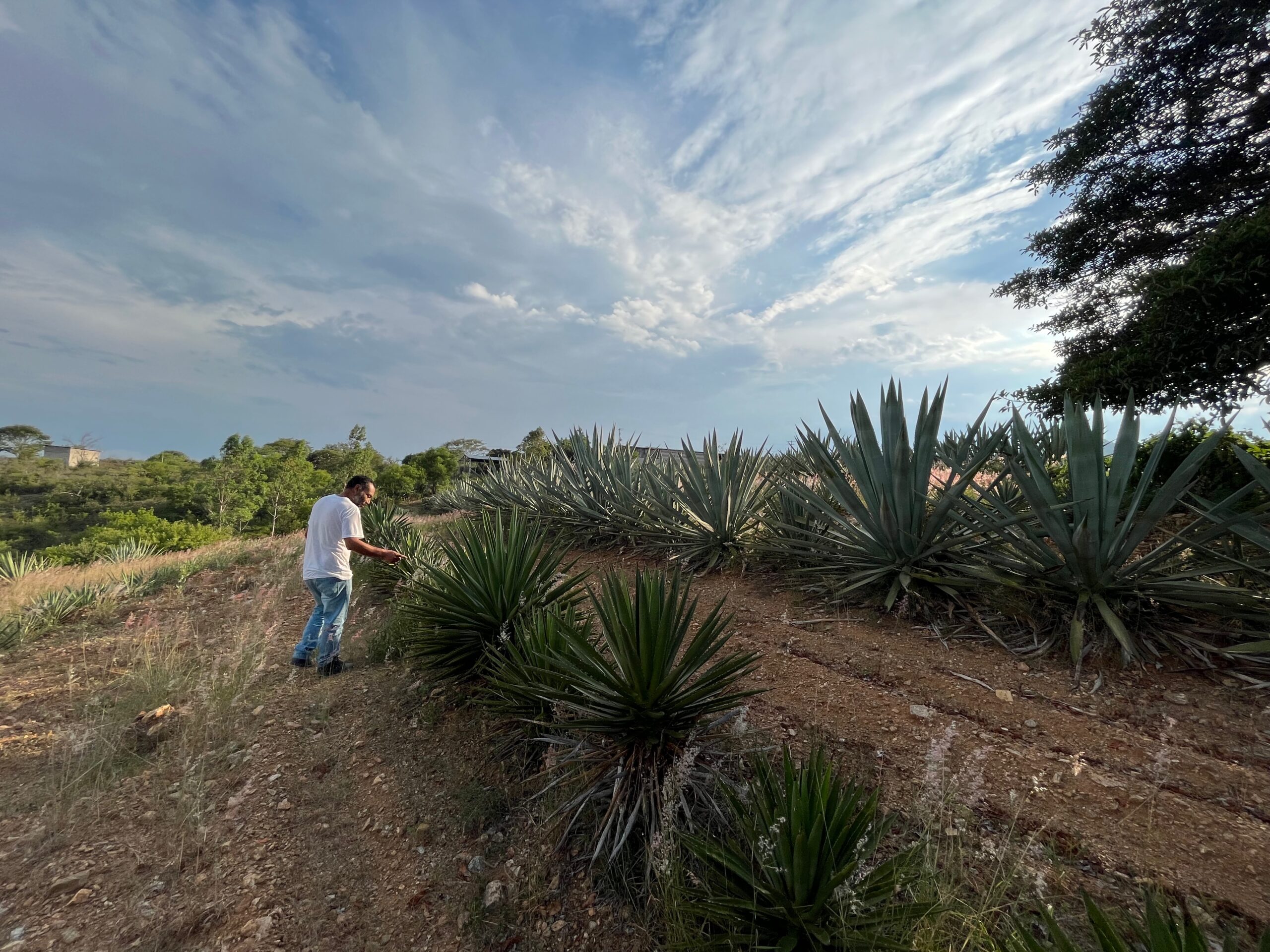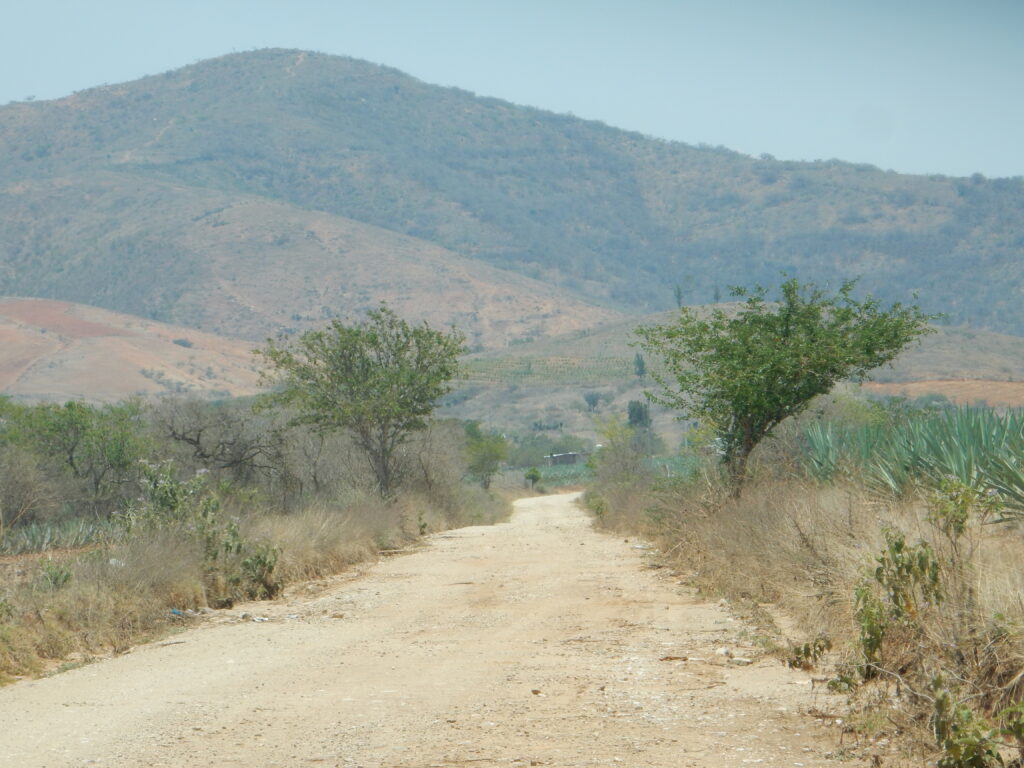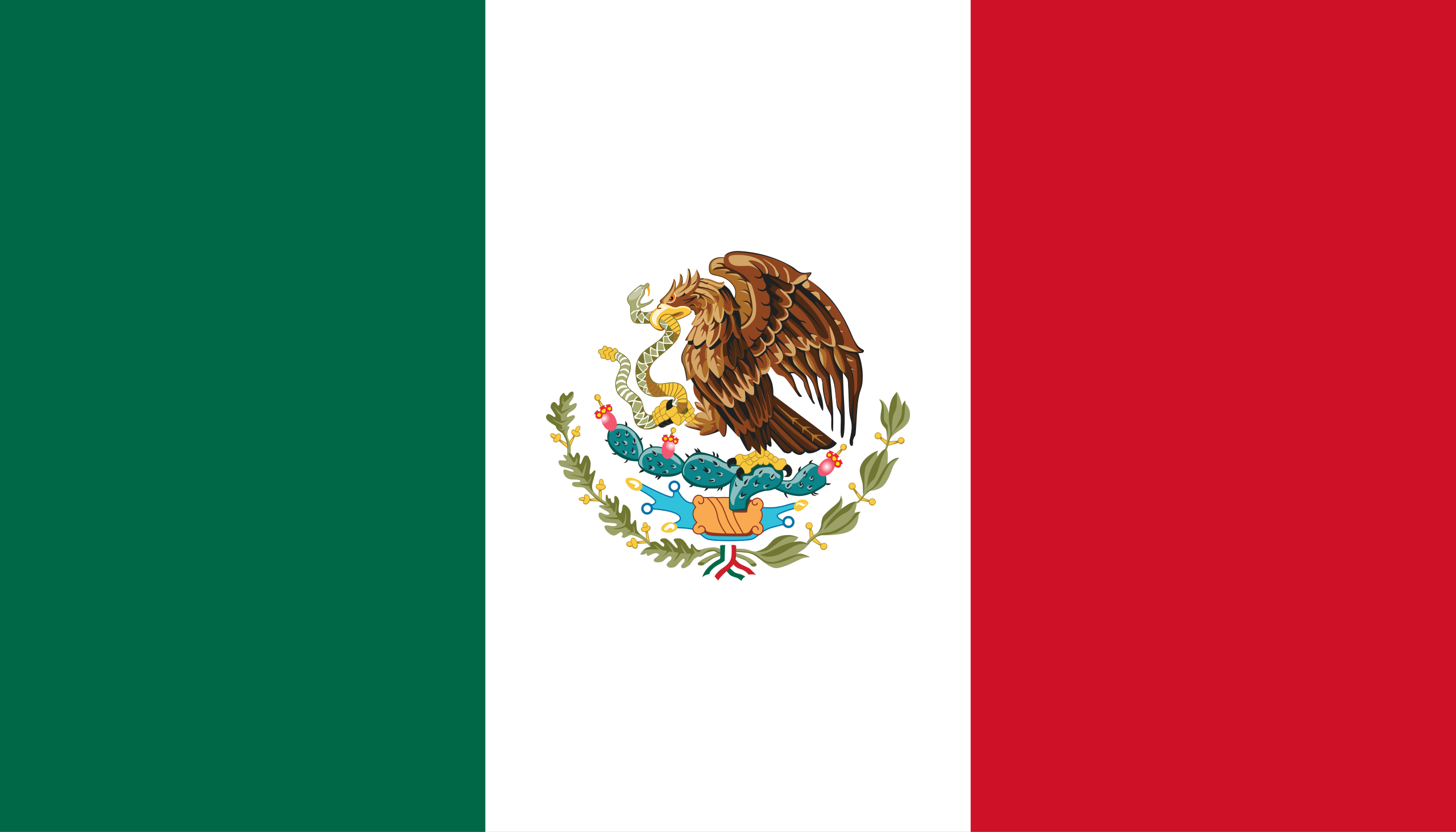Regions
Miahuatlán
Place among the cornfields...
Located approximately 95 km from the city of Oaxaca, it is the southern appendix of the Oaxaca Valley—an extensive territory of about 46 km in length, representing 0.3% of the state’s total area. Its geography consists of small plains and low hills.
A land of battles, a place among the cornfields, Miahuatlán was invaded by the Zapotecs of Mitla and Zaachila around 600–800 A.D., displacing the native Chontal population of the valley. Influences from various parts of the central valley shaped the mezcal production traditions that still persist to this day.


The Miahuautecan plain rises at an average altitude of 1,500 meters above sea level, surrounded by mountains and water sources. Historically settled between the courses of Oaxaca’s two most important rivers—the Atoyac and the Tehuantepec—it features soil composed of rock and sand deposits (regosols), common in areas at the foot of mountains, where rivers carry a significant amount of mineral-rich sediments.
Traditionally, Miahuateco mezcals are made by underground roasting of agave in pits of various capacities, using mainly Guamúchil and Mesquite wood. The agave is then crushed using an Egyptian/Chilean mill, followed by fermentation in wooden vats made of pine and sabino pine, using well or river water commonly found in the area.
Although they are commonly distilled in copper stills, it is probably at this stage of the process where the greatest diversity of influences can be found, reflecting the cultural and ancient richness of the valley—from copper and clay monteras (helmets) to the “refrescadera” still, which is very traditional in the municipality of Ejutla.
In Miahuatecan land, there is both an abundance and a wide variety of Agave karwinskii subspecies: Cuishe, Bicuishe, Cirial, Tobaziche, and Madrecuixe (to mention the most popular). However, Espadín is widely cultivated in these lands, which—due to their high nitrogen content and rainfall retention—allow the plants to grow large and develop great complexity in the higher zones. In those areas, Arroqueño (A. americana), Tepextate (A. marmorata), Tobalá (A. potatorum and semanniana), and Jabalí (A. convallis) can also be found in significant numbers.
The mezcals from this region share acetic, mineral, and tropical notes that express the diversity of agave spirits produced in the valley. Commonly unctuous and elegant, they are perhaps among the most beautiful styles found in the south of the state.




